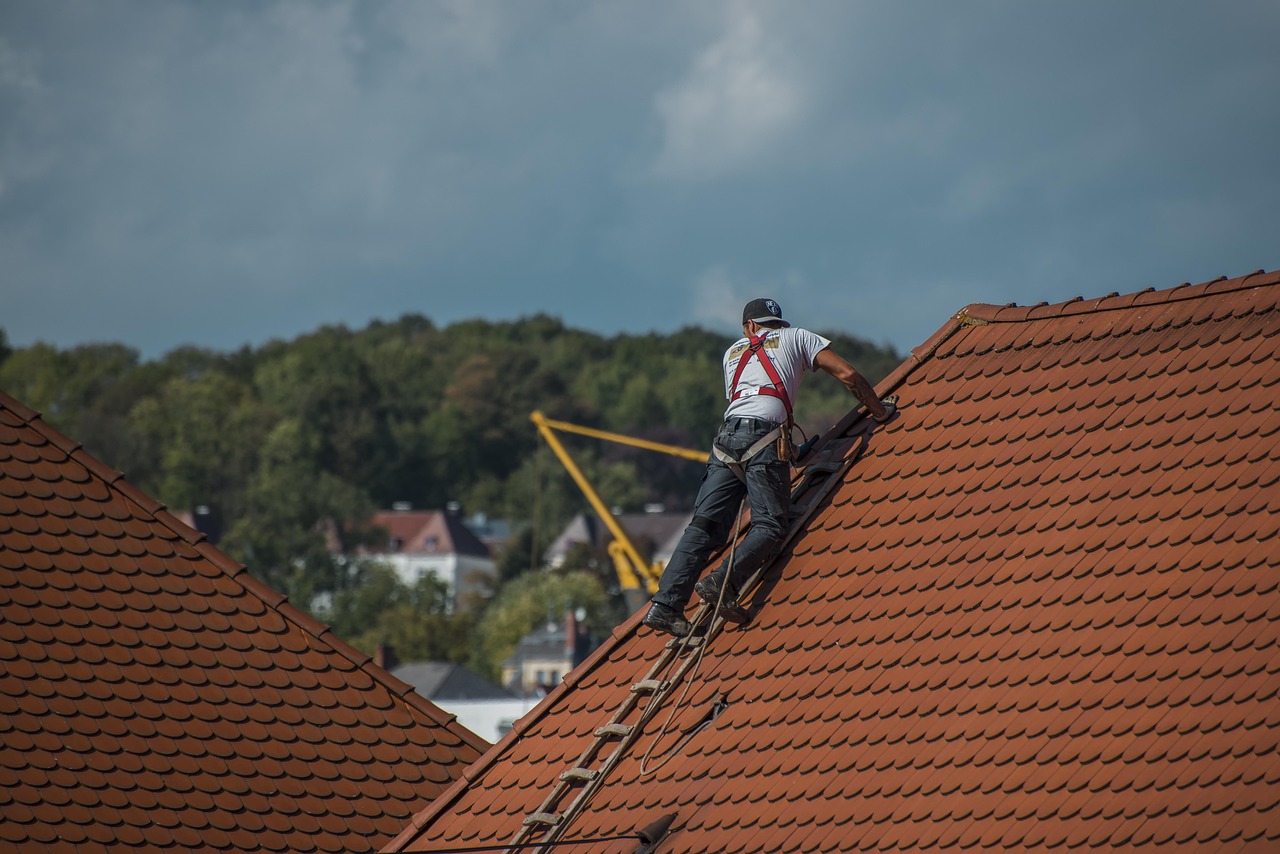Navigating the complex world of roofing regulations can be overwhelming for homeowners planning a repair or replacement project. Local building codes for roofs exist to ensure structural integrity, safety standards, and appropriate installation methods are followed. Understanding roofing codes and permit requirements is essential before beginning any work on your home. This article explores the importance of compliance with roof installation regulations, how to obtain necessary permits, and why working with professionals who understand these requirements is crucial for a successful project.
Why Roofing Permits Matter
Roofing permits might seem like unnecessary red tape, but they serve important purposes for both communities and individual homeowners. These permits ensure that your roofing project adheres to established safety standards and building codes specific to your location. Many homeowners don’t realize that roofing permit requirements vary significantly based on local regulations. Some jurisdictions require permits for complete roof replacements but not for minor repairs, while others mandate permits for nearly any roofing work. Beyond legal compliance, permits provide protection if you sell your home, as unpermitted work can complicate real estate transactions and potentially reduce your property’s value. Insurance companies may also deny claims for damage to unpermitted roofing work, leaving homeowners financially vulnerable after storms or other disasters.
Understanding Local Building Codes for Roofs
Local building codes establish minimum standards for roofing materials, installation methods, and structural requirements. These codes often address crucial factors like wind resistance ratings, fire protection classifications, and waterproofing requirements based on your specific climate and environmental conditions. In coastal areas, for instance, roof codes might mandate higher wind resistance ratings, while regions with wildfire risks might require specific fire-resistant materials. Energy efficiency requirements are increasingly becoming part of local building codes for roofs, with some areas requiring certain reflectivity ratings or insulation values to reduce energy consumption. When hiring a code compliant roofer, ensure they’re familiar with these specific requirements for your area, as codes can differ significantly even between neighboring municipalities.
The Permit Application Process
Obtaining a roofing permit typically begins with submitting an application to your local building department or permitting office. The application usually requires detailed information about your project, including the scope of work, materials to be used, and sometimes architectural drawings or plans. Be prepared to provide your property information, contractor details (if applicable), and pay the required fees, which vary by location and project size. Processing times for permits can range from immediate approval for simple projects to several weeks for more complex work or in busier jurisdictions. Some localities allow homeowners to apply for permits themselves, while others require a licensed contractor to handle the application process. When working with professionals from AskHomey, you can rest assured they understand the permitting process and can guide you through these requirements efficiently.
Common Code Requirements for Roofing Projects
While specific roof installation regulations vary by location, certain requirements are common across many jurisdictions. Most codes mandate proper underlayment beneath roofing materials to provide a secondary moisture barrier. Ventilation requirements are also standard, as proper airflow helps prevent moisture buildup and extends roof lifespan. Many codes specify minimum requirements for flashing around chimneys, vents, and other roof penetrations to prevent leaks. The number of roofing layers is another common regulation, with many locations prohibiting more than two layers of roofing materials due to weight concerns. Ice barrier requirements are standard in colder climates to prevent damage from ice dams. Specific installation methods for different roofing materials are often outlined in detail, from nail patterns for asphalt shingles to proper spacing for tile or slate roofs.
Consequences of Non-Compliance
Failing to adhere to roofing permit requirements and local codes can result in significant consequences. If building inspectors discover unpermitted work, they can issue stop-work orders, requiring all construction to halt until proper permits are obtained. Homeowners may face fines that often exceed what the permit would have cost initially, and in some cases, they may be required to remove and replace non-compliant work entirely. Beyond immediate penalties, non-compliant roofing can affect property insurance coverage and create liability issues. When selling your home, unpermitted roof work often surfaces during inspections, potentially derailing sales or requiring last-minute repairs and retroactive permitting. Understanding roofing codes before beginning your project helps avoid these costly and frustrating outcomes.
Hiring a Code-Compliant Roofing Professional
When selecting a roofer, their knowledge of local building codes and permit requirements should be a primary consideration. Professional, code-compliant roofers maintain current knowledge of changing regulations and have established relationships with local inspection departments. They typically handle the permitting process as part of their service, ensuring all paperwork is filed correctly and permissions are secured before work begins. Ask potential contractors about their familiarity with local roofing codes, their process for obtaining permits, and request references from previous code-compliant installations in your area. Reputable contractors will welcome these questions and provide clear explanations of how they ensure compliance throughout your project.
For more tips and to connect with reliable home service professionals, follow AskHomey on Facebook and Instagram.



